When you think of someone who is a runner—maybe that’s a friend, or maybe that’s you—do you also think of them as a weightlifter? Do you think of them as someone who consistently strength trains at the gym?
Many of us don’t. We keep those two worlds separate. Runners run. Weight lifters lift weights.
There is merit to this idea: to get better at running you have to run, and to get better at lifting weights you have to lift weights. Specificity in training is important, but that doesn’t mean there is no benefit to runners lifting weights, or to weight lifters running (P.S. I wrote about how cardio helps us with our strength training, which you can read here).
This begs a question: why does strength training help runners?
There are three specific reasons why strength training benefits runners, which are:
- Strength training helps runners get stronger (duh), which means they are able to produce more force, and that means they’ll be a more efficient runner
- Power training helps runners to be more explosive, to move more quickly, which means they’ll be able to finish the end of a race with a better kick
- Running is the same repetitive motion done over and over and over, which is why strength training is important, because it strengthens areas that can be neglected
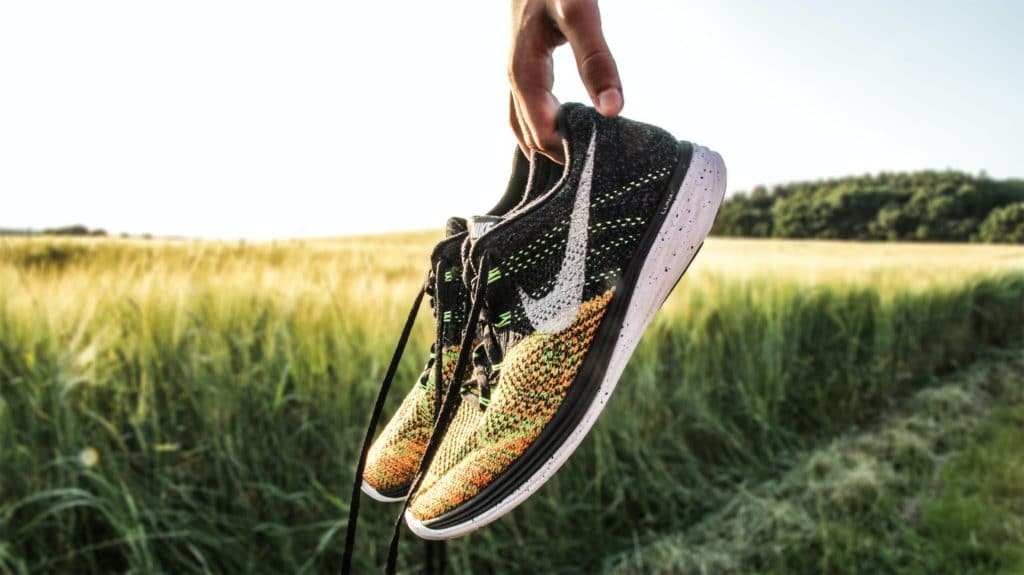
Lifting Weights ≠ Bodybuilding
I’ve trained a number of runners in the weight room over the years and I’ve seen a theme arise: runners think of weight training as bodybuilding. Not always, but sometimes, the image of a jacked bodybuilder comes to mind when they think about lifting weights.
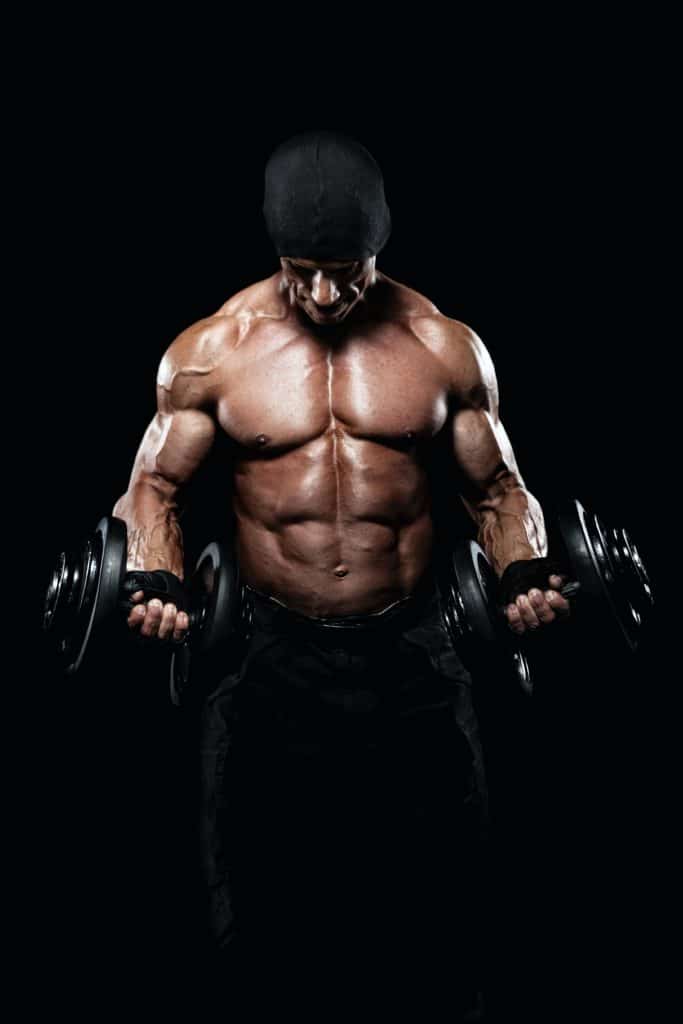
So, it makes sense that a runner does not like this idea. They want their running to improve. Possessing extra muscle mass would be undesirable, because having more muscle mass means that every step taken will require more effort. Simply put: they have to move more weight the same distance. Thus, strength training often gets avoided.
But bodybuilding isn’t strength training—well, not solely strength training, I mean. Bodybuilding is a type of strength training; it’s a type of training designed to gain muscle mass and make people look good naked. Sure, some care about strength and performance, but the goal as a bodybuilder is to look good on the stage.
Runners don’t need tons of extra muscle mass though, they need strength. And we don’t only get stronger by increasing our muscle mass. A larger muscle has the potential to be stronger, of course, but we also get stronger due to our nervous system.
McMaster University’s Department of Physical Education put it this way: “Strength performance depends not only on the quantity and quality of the involved muscles, but also upon the ability of the nervous system to appropriately activate the muscles.” (2)
We can get stronger without adding muscle mass.
That’s why I’ll say this: since the goal of bodybuilding style training is to gain muscle mass, doing bodybuilding style training isn’t the best style of training for runners. It might be a starting point for someone when beginning weight training, which is great, but it’s not the best long-term strategy for a runner.
There is a better way.
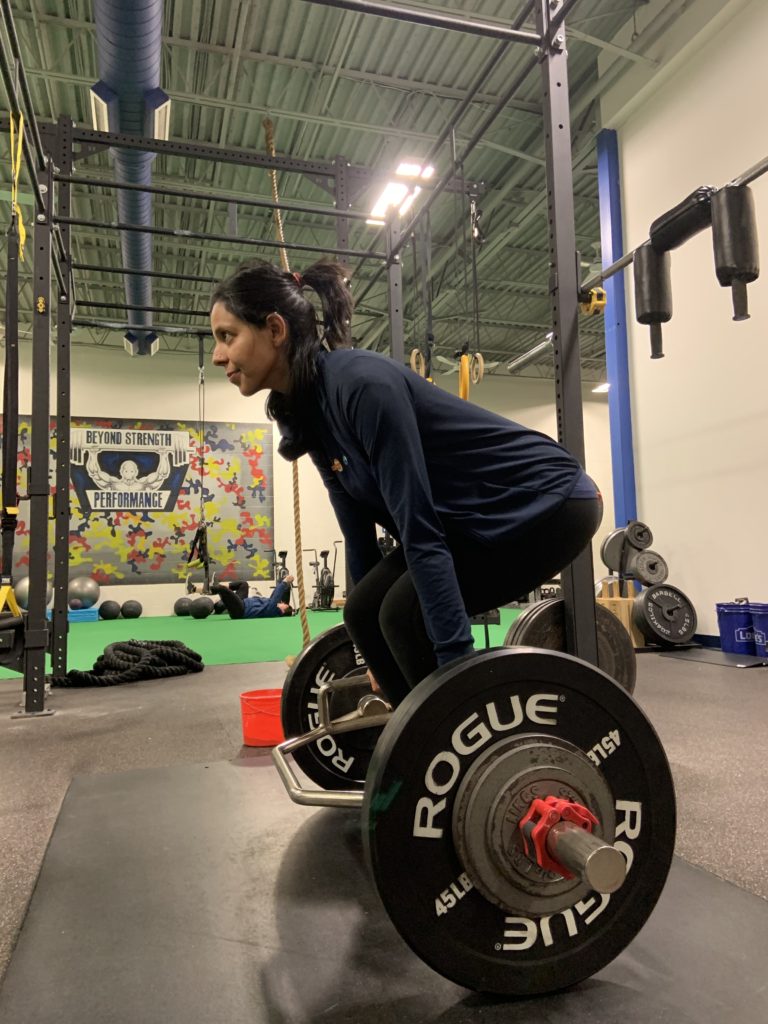
Stronger Runners
If you’ve trained at BSP NOVA before, or follow us on social media, then you’ve seen the style of training that is more beneficial to runners than bodybuilding.
Runners train for power; and they lift heavy.
Now, to be clear, we don’t predominantly train runners—but, since everything we do is customized, we tailor the programs for the runners we train—and as a general approach to training, doing the above is great for runners.
Why is this the case? Let’s start by discussing strength, then follow that up with power.
As stated earlier, we can get stronger without adding muscle mass, because our nervous system becomes more efficient.
Here’s why this matters: runners can get stronger without adding on tons of muscle mass, which means every step they take in a race will be a little bit easier. They become more efficient.
Let’s look at an example of two runners: Runner A and Runner B. They have both run for over five years and have the same body-weight.
Runner A has rarely lifted weights in the gym.
Runner B has been consistently lifting for a few months now.
Runner A tried lifting once or twice and found it challenging to squat a 45 pound bar for a few reps. It was tough. Runner B felt the same on his first day at the gym. But, after a few months of training he was able to squat 100 pounds for the same number of reps!
Now, Runner A still finds this same weight challenging, but for Runner B the 45 pound bar feels easy.
Apply this to running. They’re “lifting” the same body-weight with each step they take during a run, but now, for Runner B, it’s much easier. Because Runner B is stronger. Every step they take requires less energy and, thus, they are more efficient.
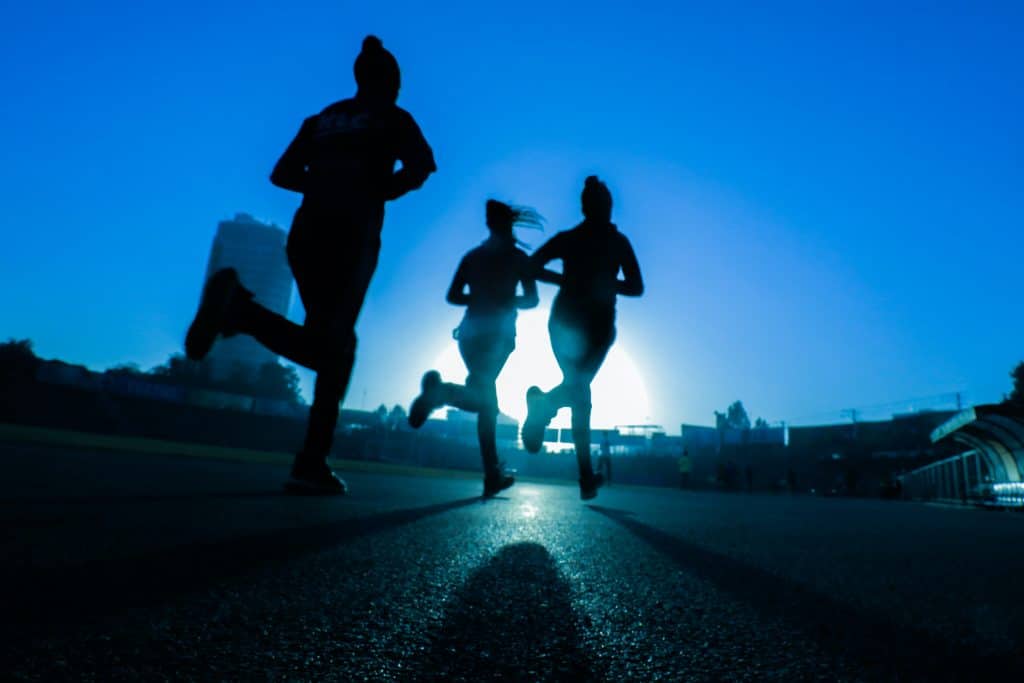
Power Training
Training for power is another part of training often missed with traditional bodybuilding programs; it’s uncommon to see medicine ball throws, plyometrics (aka jump training), or kettlebell ballistic movements.
Why does power training matter?
We can think of being more powerful as being more explosive, being quicker. When it comes to endurance races this may not seem incredibly important—considering that a marathon is more about keeping a steady pace. But, if you’re hoping to perform well and win races, then the final kick of the race is crucial.
If you’re coming up to the finish line with another runner beside you, then the more powerful runner will win because they can kick it into high gear when it counts. This is where power training comes in.

But wait! There’s more!
Similar to what I said above about strength helping make running easier—that each step takes less effort, that we’re more efficient—similar effects have been found with regard to power training, too.
RW Spurrs, et al. had this to say: “The results clearly demonstrated that a 6-week plyometric program led to improvements in 3-km running performance.” (3)
William P. Ebben, in the Strength and Conditioning Journal, said this about power training: “Velocity and biomechanic specificity suggest maximum power training and plyometrics are an essential component of a conditioning program for cross-country running.” (1)
The authors of the above articles found that plyometric training—power training—improved endurance runner’s performance. There was no detriment to the additional plyometric training that was added to the runner’s routines.
In addition to strength training helping improve runner’s performance, it also helps create more resilient runners.
Strength Training Creates More Resilient Runners
“Strength training is the most over looked component of triathlon training. Injury is caused by lack of durability and function. Tendons and ligaments need to be all day strong. Power increases on the bike and pace increases on the run can be easily achieved with proper strength training. Deep into an Ironman my bet is on the guy who did his work in the gym.” – James Lawrence
As a runner, you do the same motion over and over and over. Mile after mile, step after step, it’s a similar motion.
Runners need strength training because that’s what creates more resiliency in their tissues to better absorb the load that gets placed on them when they run. This increased resiliency might help them over the long-term to tolerate more running volume, but also in the short-term during races.
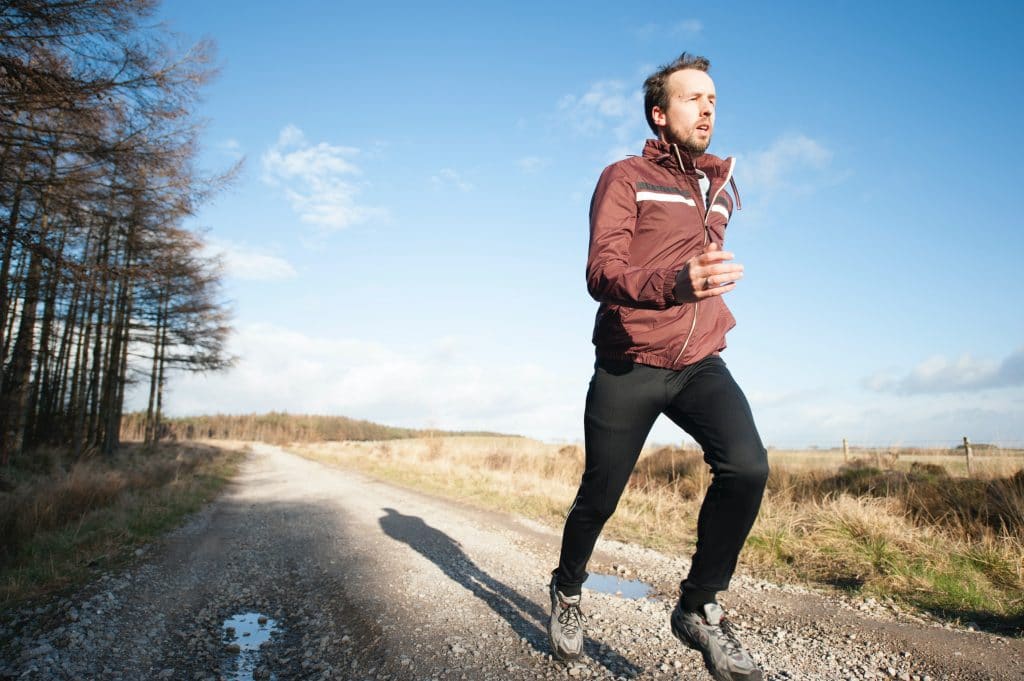
For example, think of something like a rolled ankle. It’s fast. One weird step…then boom. You feel it. A more powerful, stronger athlete, might have been able to react fast enough to prevent the ankle from rolling. Or, even if they couldn’t react fast enough, their tissue might have been able to better absorb the sudden force placed on it.
Here’s the thing: strength training can’t prevent injuries from occurring—since sometimes accidents happen—but it can prepare your body as much as possible to be able to handle what life throws your way.
Also, strength training helps runners to strengthen areas that are needed but neglected by running alone—for example, it’s common to see a lack of shoulder girdle strength/stability and upper/lower back strength.
How does this help? Think of the arm swing when running. A stronger athlete will be more efficient and be better able to use his arms to help in the final kick of the race.
Final Thoughts
If you’re a runner looking to get into strength training, then train with the goal of improving your power, by doing things like medicine ball throws and plyometrics, and train with the goal of improving your strength, by doing things like deadlifts, rows, and squats (among other movements).
You’ll become a more efficient runner, as well as a more resilient one, too. Also, as for the concern of gaining muscle mass—it’s not easy. It takes years of dedicated work. A few sessions of strength training a week won’t pack on pounds of muscle in a few weeks, but the strength work will make you a better runner.
And, if you want help with getting into strength training, we’d love to invite you in for a free week. All you need to do is fill out the form below and we’ll be in touch!
